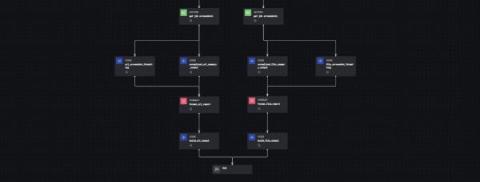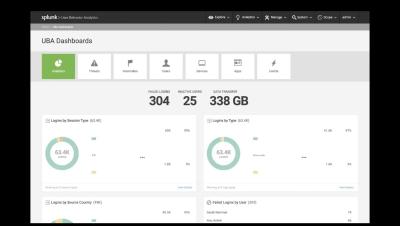Introducing the SIEM of the Future: Splunk Enterprise Security 8.0
It’s been an exciting year for Splunk Enterprise Security! In May, we celebrated being recognized as a Leader ten times in a row in the 2024 Gartner Magic Quadrant for SIEM. We’re not stopping there. We’re excited to introduce the SIEM of the Future to keep the momentum going. Splunk Enterprise Security 8.0 is available now in a private preview.










